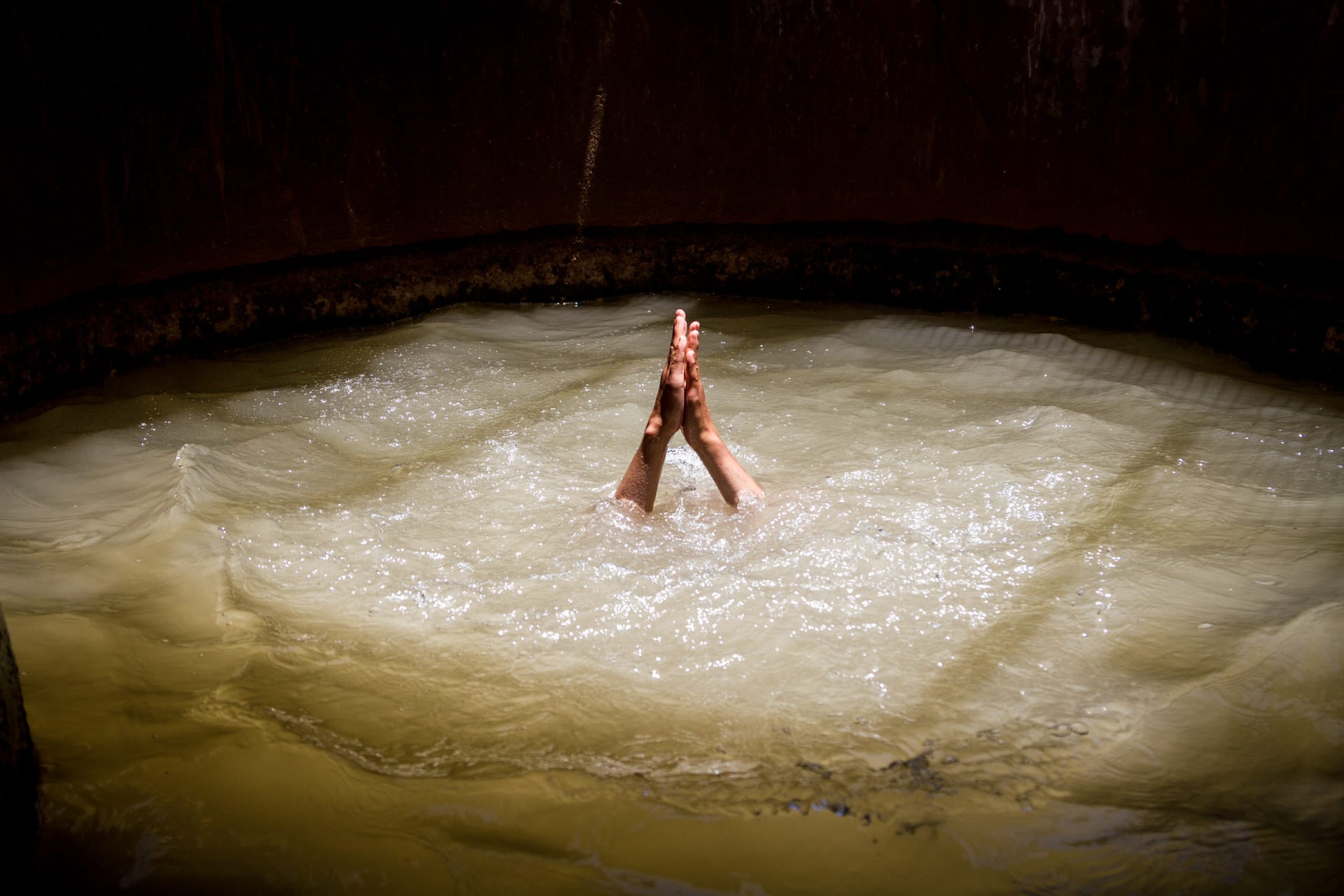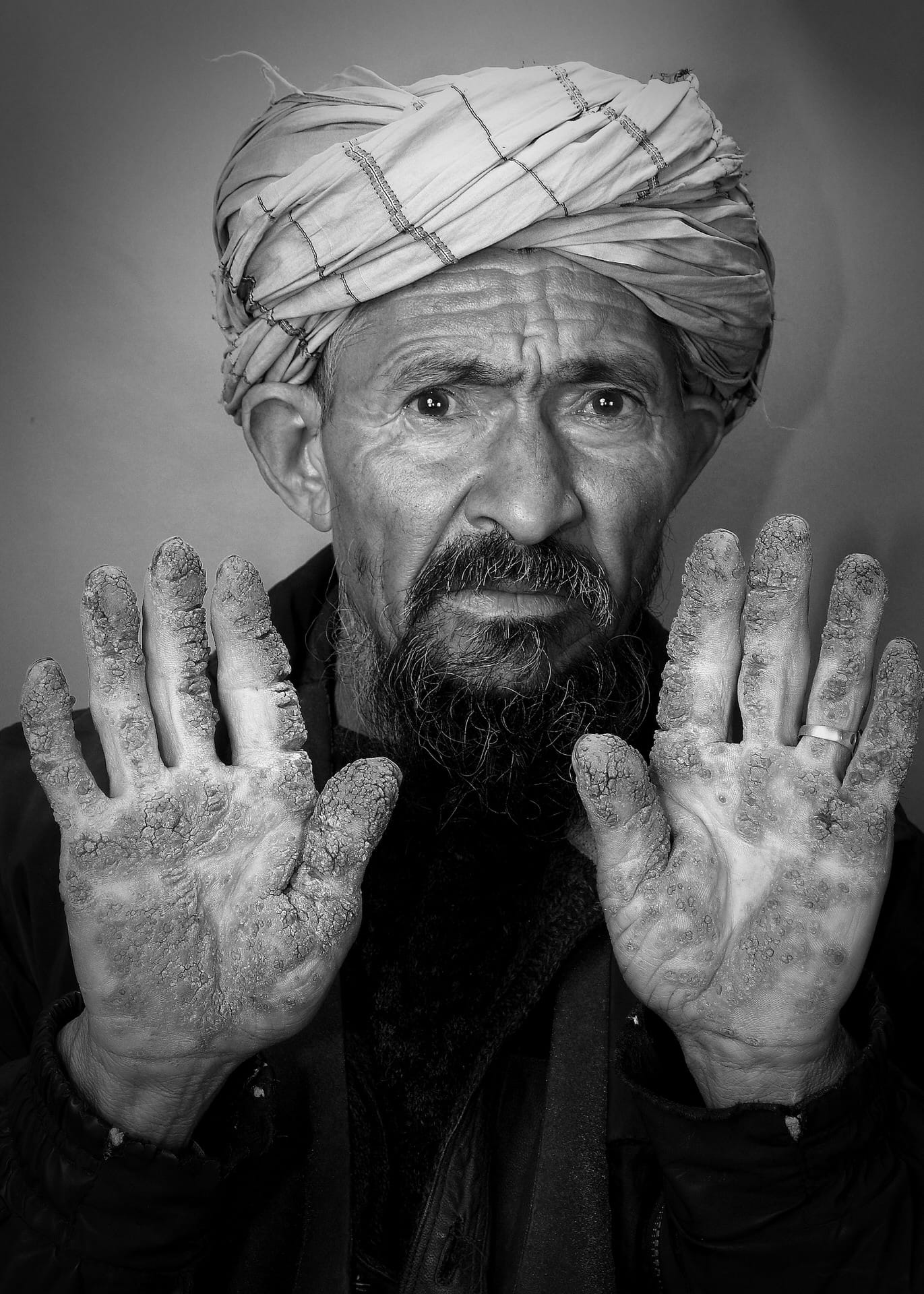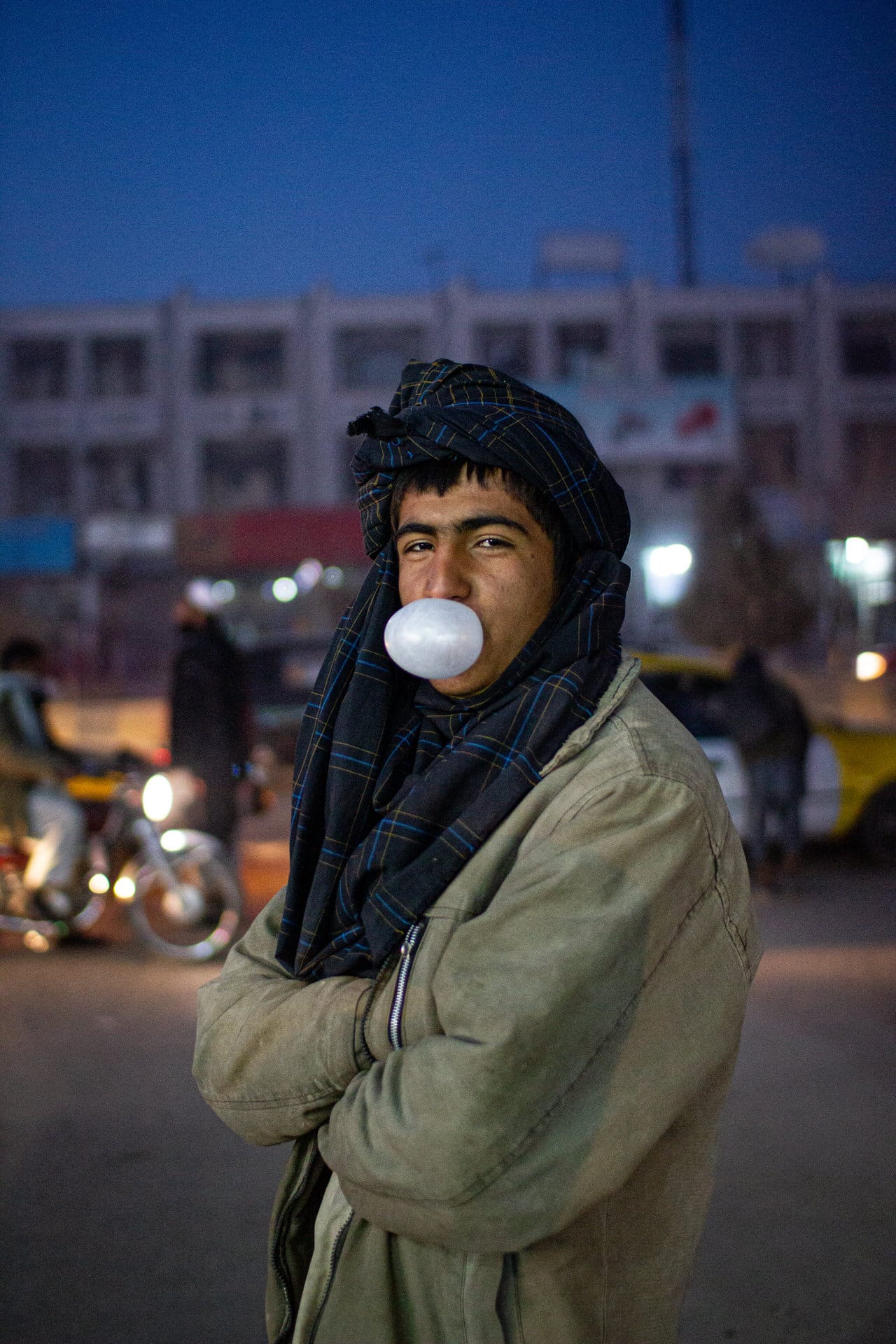
"I draw my inspiration from childhood, everything comes from there (...) I was born during the war against the Soviets and then grew up during the Taliban period without being able to go to school, without the right to run in the streets (...). I spent my days hidden in my father's photography studio."
Morteza Herati was born in 1984. Originally from the city of Herat, his family migrated to Mashhad, Iran, in 1978, during political unrest in Afghanistan. His father learned photography there and upon returning to Herat during the Civil War in 1992, opened his studio. When the Taliban came to power in 1996, they banned photography, except for identity photos. Those settled in Herat were mostly from Helmand, on the other side of Afghanistan. One day, one of them entered the studio and asked to be photographed to send the images to his family. But, to avoid being considered impure (haram), these photos had to be taken by a prepubescent boy. Morteza Herati, at the age of 11, then took his first pictures, to photograph Taliban! After the regime change, he considered becoming a photographer. Since most training was provided in Kabul, he worked alone, researched on the internet, self-taught the history of photography, studied light... Attracted by conceptual art, he participated in the 4th edition of the Afghan Contemporary Art Prize in Kabul in 2013. In 2017, he exhibited in Tehran and in 2018 he published his first photo book Chaarsuo exclusively dedicated to daily life in Herat. In 2019, he opened a studio in Herat Akaskhana. Works from the series "The River Boys" and "The Walls of Herat" were exhibited at the Mucem in the exhibition "Kharmohra, Afghanistan at the risk of art" (2019-2020). In August 2021, he left Herat for France with his family. In the fall of 2021, he obtained a residency at Cirva (International Center for Research on Glass and Plastic Arts) in Marseille and then joined the National School of Photography in Arles and ESBAN, Higher School of Fine Arts in Nîmes from January 2022 through the PAUSE program of the Collège de France. He exhibited his works at the Dominique Fiat Gallery (December 2022-January 2023) as part of the exhibition Khoda Hafez, Afghanistan beyond borders and at the Théâtre de la Ville in March 2023.
"I define myself as a street photographer and a storyteller. Childhood is the theme that inhabits me the most. It was as an adult that I discovered it by observing the children in Herat and then being a father myself. I followed the street children for two years, in their workplaces and by the Harirud River where they all surrendered to pure joy. Far from the austerity of the city, from the harshness of their daily lives, they plunged into the water as if to rid themselves of the gravity of the world. Gradually they allowed me to glimpse their intimacy. I made two series entitled The River Boys (2016 and 2018). Another theme dear to me is the written traces left by the city's inhabitants on the walls and floors. These traces tell of the rebellion and refusal to resign of the population. The city is full of these marks. I love walking the streets of a city and reading the stories of the people who live there (The Walls of Herat series, 2015). Finally, I work a lot on identity photos. That's how my photography practice started. Identity photography has its rules and obliges us all to comply with them. In Afghanistan, culture and traditions dominate. I spent hours and weeks negotiating with an old man to get him to take off his turban (lungi) or with an old lady to uncover her ears from her veil. Young women refused to look at the camera, it was a struggle but I gave them time. People left without photos and sometimes came back five times before a shot. Today, in France, I revisit these encounters in my archives and I realize the richness of all these personalities and their struggle to yield their image."




